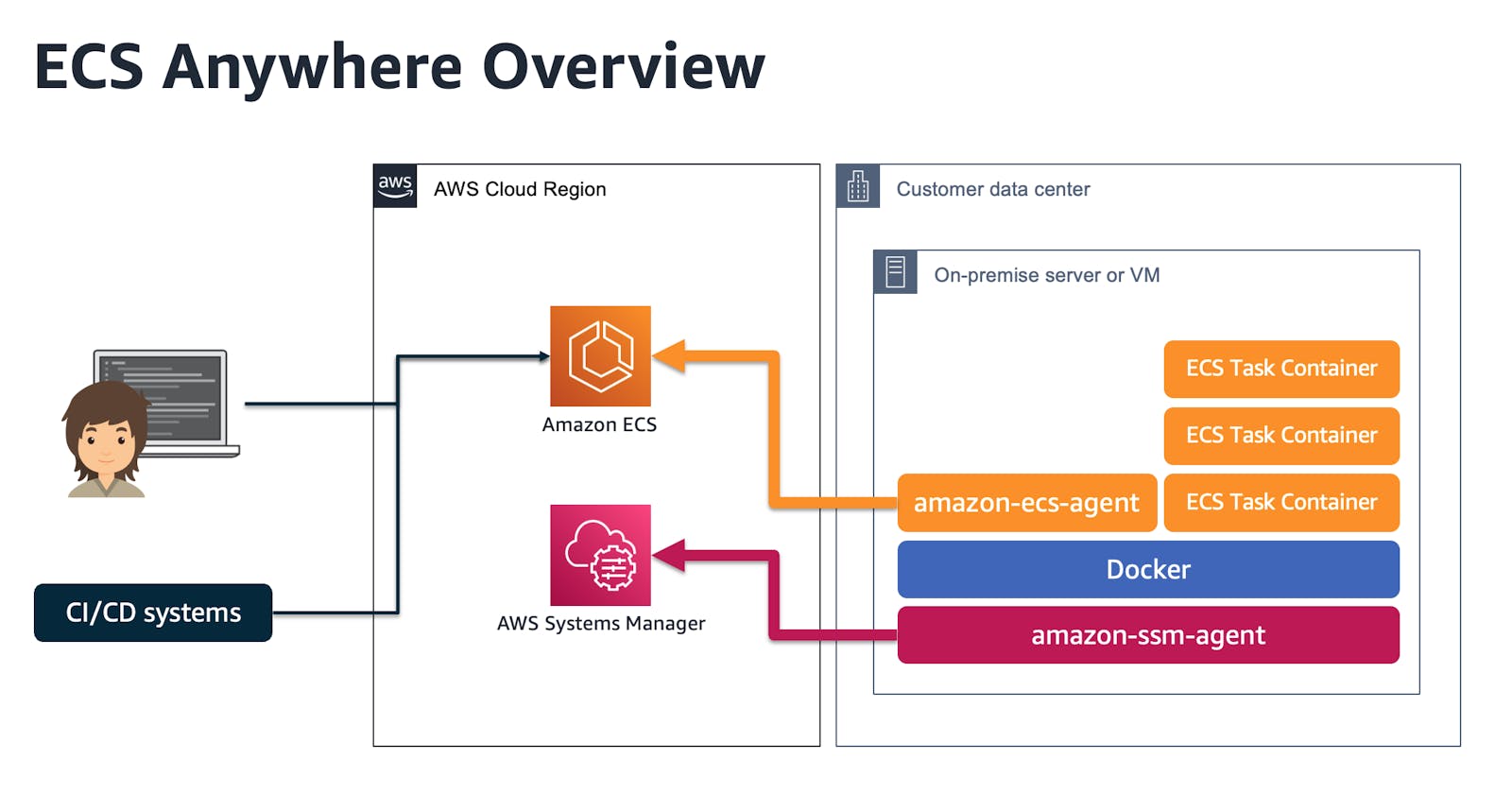Introduction:
In today's rapidly evolving tech landscape, efficient application deployment is crucial for businesses to stay competitive. Leveraging containerization has become a popular choice for developers, allowing them to streamline the deployment process and ensure consistent performance across different environments. Amazon Web Services (AWS) offers Elastic Container Service (ECS), a fully-managed container orchestration service, which simplifies the deployment of containerized applications on AWS infrastructure. In this blog, we will explore how to set up ECS and deploy a popular web server, Nginx, on ECS.
What is ECS?
ECS (Elastic Container Service) is a fully-managed container orchestration service provided by Amazon Web Services (AWS). It allows you to run and manage Docker containers on a cluster of virtual machines (EC2 instances) without having to manage the underlying infrastructure.
With ECS, you can easily deploy, manage, and scale your containerized applications using the AWS Management Console, the AWS CLI, or the API. ECS supports both "Fargate" and "EC2 launch types", which means you can run your containers on AWS-managed infrastructure or your own EC2 instances.
ECS also integrates with other AWS services, such as Elastic Load Balancing, Auto Scaling, and Amazon VPC, allowing you to build scalable and highly available applications. Additionally, ECS has support for Docker Compose and Kubernetes, making it easy to adopt existing container workflows.
Overall, ECS is a powerful and flexible container orchestration service that can help simplify the deployment and management of containerized applications in AWS.
Difference between EKS and ECS?
EKS (Elastic Kubernetes Service) and ECS (Elastic Container Service) are both container orchestration platforms provided by Amazon Web Services (AWS). While both platforms allow you to run containerized applications in the AWS cloud, there are some differences between the two.
Architecture:
ECS is based on a centralized architecture, where there is a control plane that manages the scheduling of containers on EC2 instances. On the other hand, EKS is based on a distributed architecture, where the Kubernetes control plane is distributed across multiple EC2 instances.
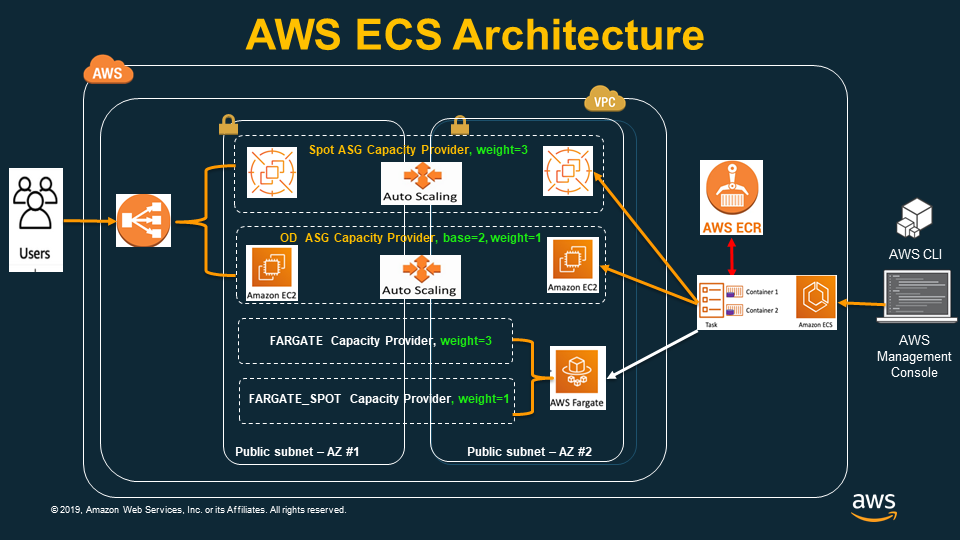
Kubernetes Support: EKS is a fully managed Kubernetes service, meaning that it supports Kubernetes natively and allows you to run your Kubernetes workloads on AWS without having to manage the Kubernetes control plane. ECS, on the other hand, has its own orchestration engine and does not support Kubernetes natively.
Scaling: EKS is designed to automatically scale your Kubernetes cluster based on demand, whereas ECS requires you to configure scaling policies for your tasks and services.
Flexibility: EKS provides more flexibility than ECS in terms of container orchestration, as it allows you to customize and configure Kubernetes to meet your specific requirements. ECS is more restrictive in terms of the options available for container orchestration.
Community: Kubernetes has a large and active open-source community, which means that EKS benefits from a wide range of community-driven development and support. ECS, on the other hand, has a smaller community and is largely driven by AWS itself.
In summary, EKS is a good choice if you want to use Kubernetes to manage your containerized workloads on AWS, while ECS is a good choice if you want a simpler, more managed platform for running your containerized applications.
Task: Set up ECS by setting up Nginx on ECS.
To set up Nginx on ECS, follow these steps:
Create a Cluster:
Navigate to ECS in the AWS console and go to the cluster tab.
Fill in the details and use the default settings to create the cluster.


Its created!!!!!!!!!
Create Task Definition:
To run the cluster, you need to create a task. Navigate to task definition.
Go to the public Elastic Container Repository (ECR) and copy the NGINX image URL.
Provide the Nginx image details along with port mappings for the image.
Specify the CPU and Memory according to the requirement.
Review and create the task.
To run the cluster we need to create a task.

Go to the public Elastic Container Repository(ECR) https://gallery.ecr.aws/ to copy the NGINX image url.
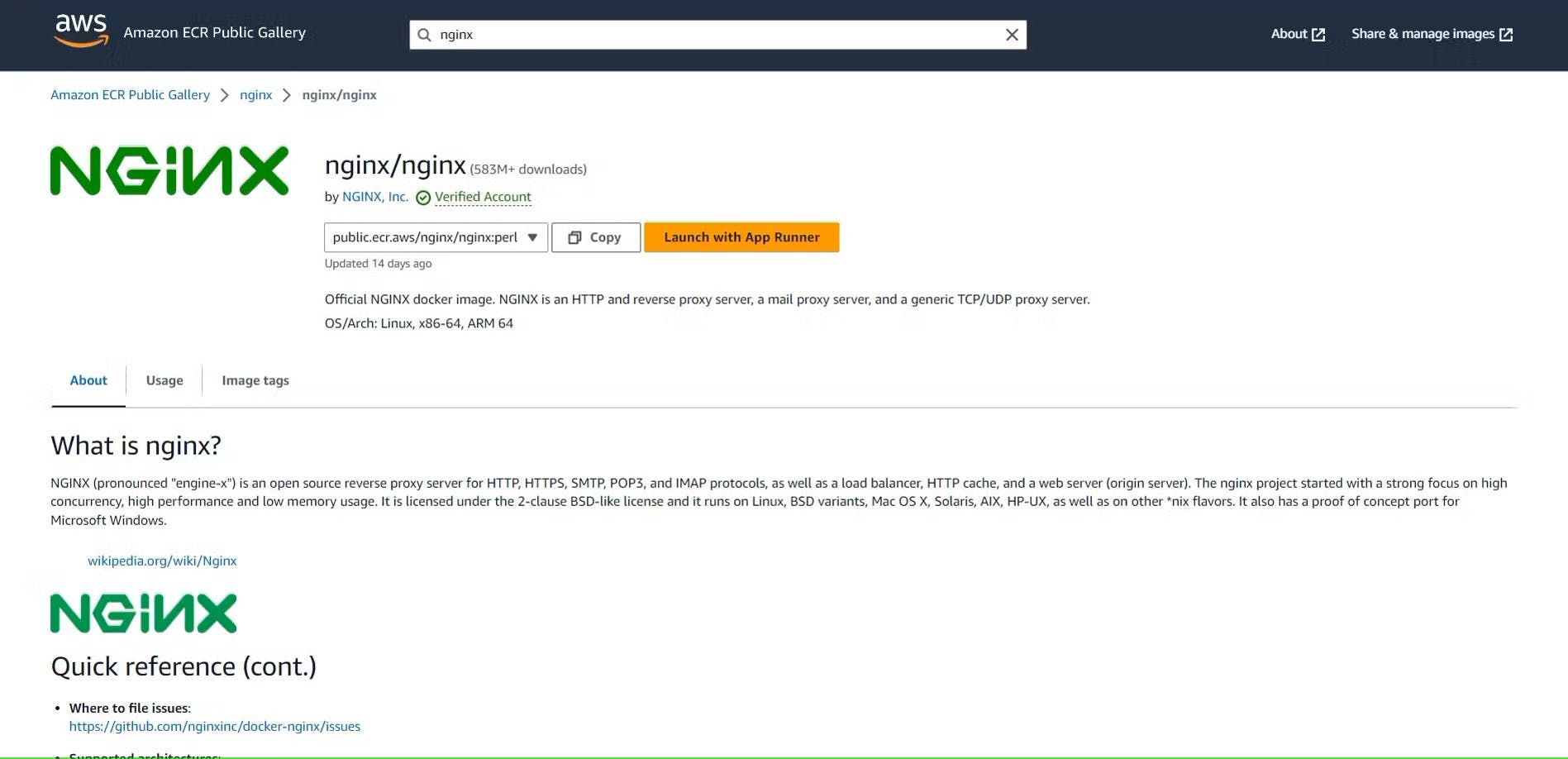
Provide the Nginx image details along with port mapping.
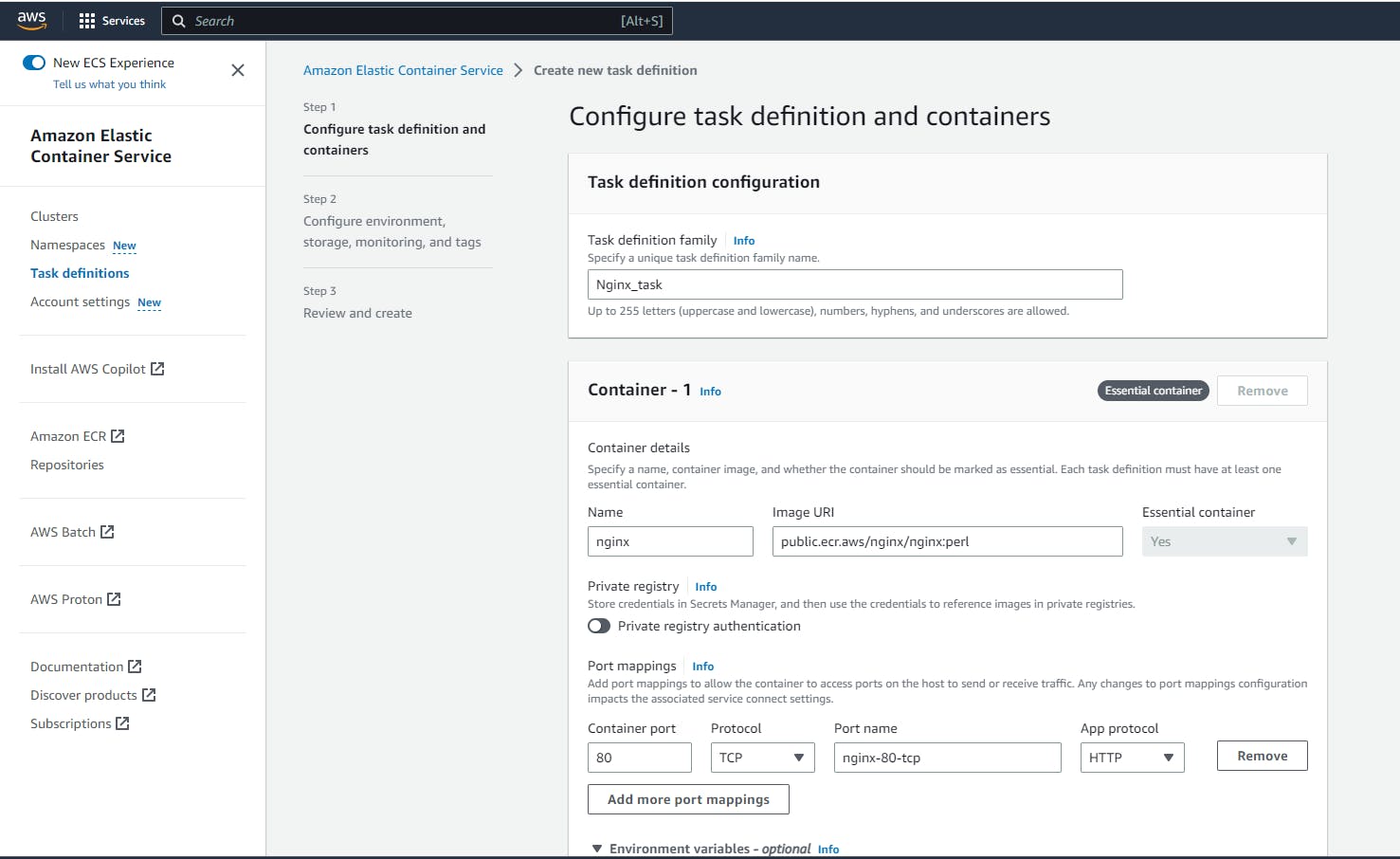

Provide the CPU and Memory as needed!


Review the task for anything wrong and create it.

You are done with task definition!!!!

Create a Service:
Navigate to the cluster created and go to the service section to create a service.
Use the default settings.
Choose the Family to specify the task that was already created with the particular version if you had created multiple same tasks previously.

- Choose the security group and ensure the security group has port 80 opened. Alternatively, create a new security group and open the HTTP port.
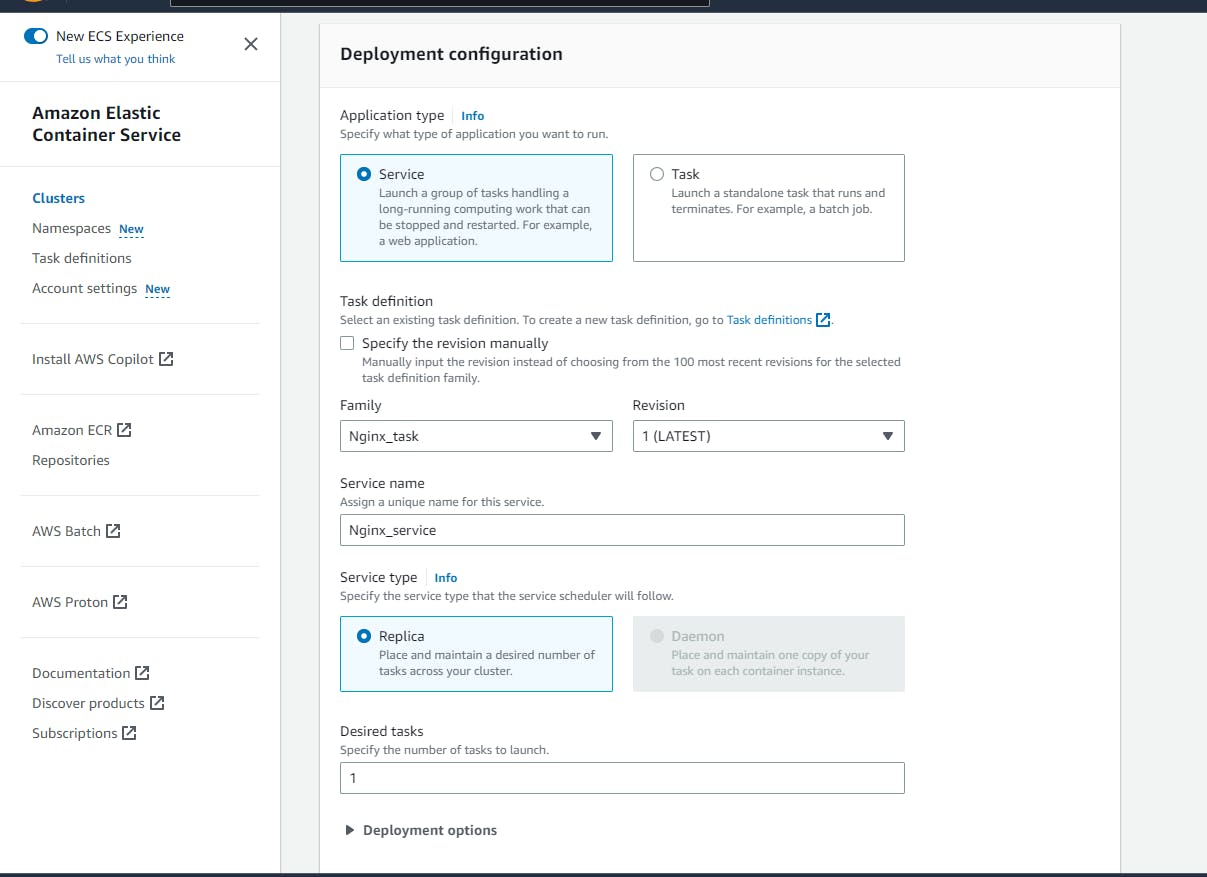
- Now the service is created.
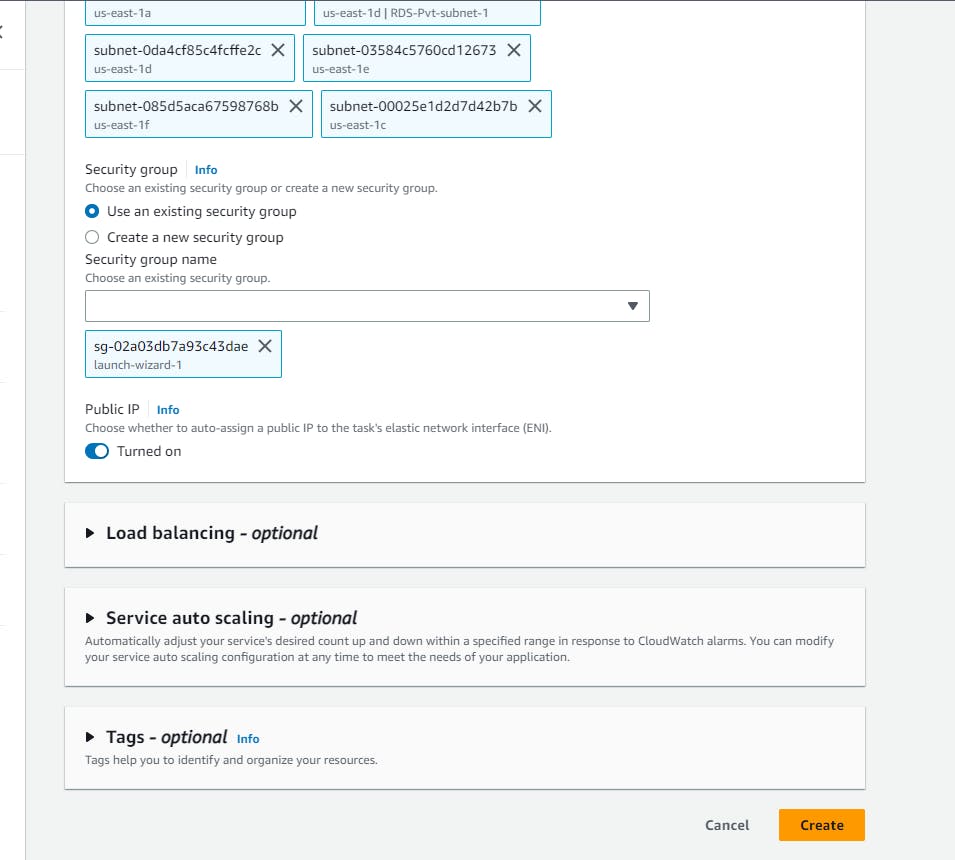
Access the Nginx Page:
- Navigate to the cluster and choose the task.

- Copy the Public IP to access the URL.

- Now, the NGINX page is live.

By following these steps, you can successfully set up Nginx on ECS and have your containerized applications running smoothly on the AWS cloud. Enjoy the benefits of ECS and simplify your container orchestration process!

To connect with me - https://www.linkedin.com/in/subhodey/

